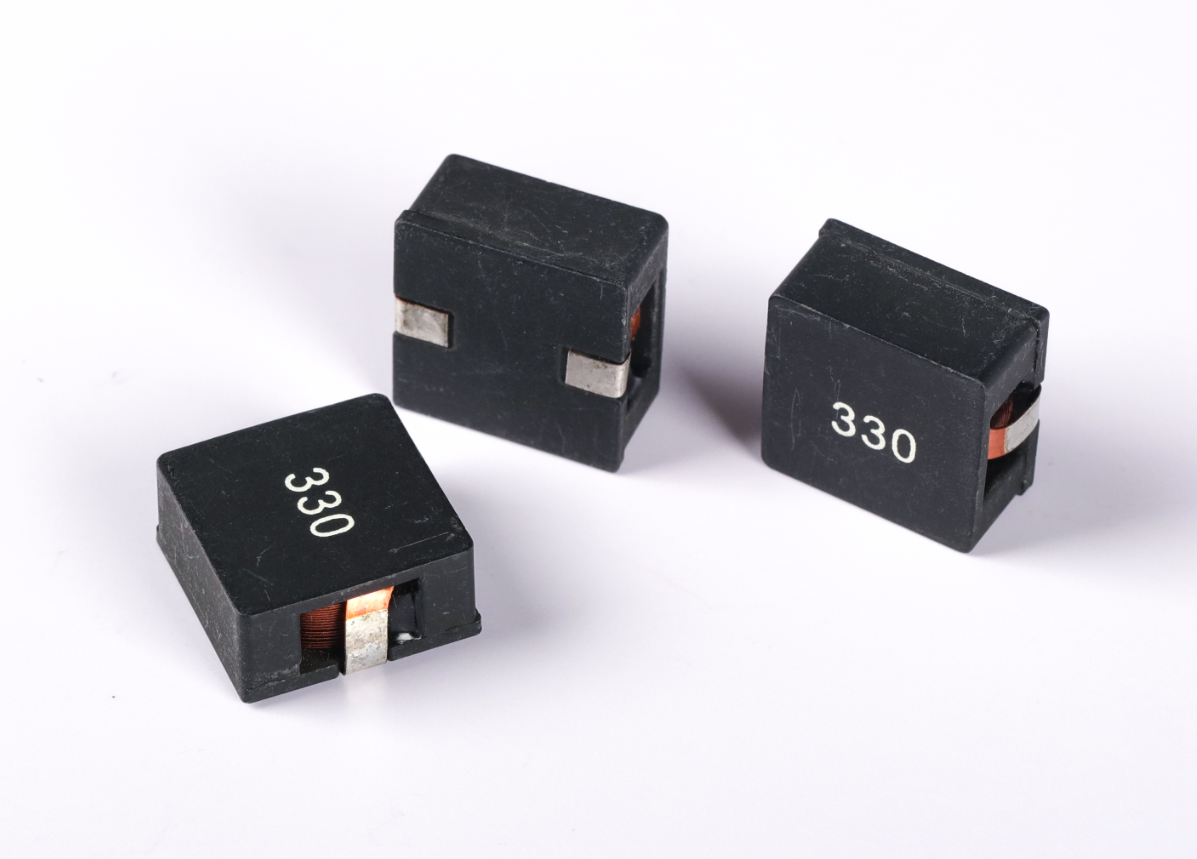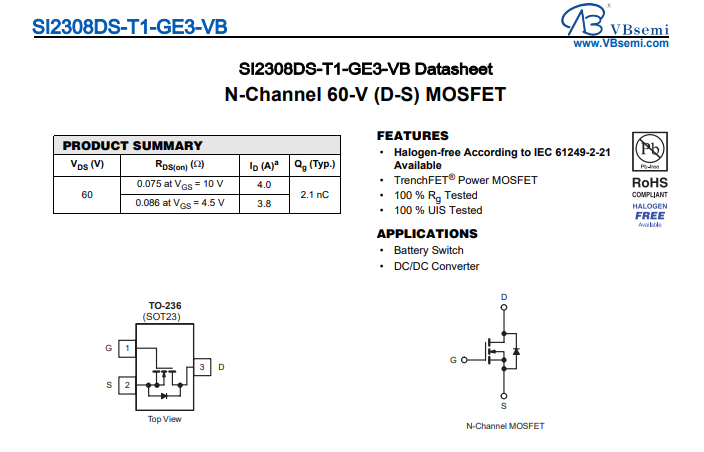ucOS的数据结构中最中心的一个数据结构便是使命操控块数据结构,其他的数据类型都是环绕该数据结构打开的,使命切换,代码调度也都是以该数据结构为根底来完结的。认清了该数据结构就了解了ucOS的运转机制。使命操控块数据结构如下:
typedef struct os_tcb {
OS_STK *OSTCBStkPtr; /* Pointer to current top of stack */
#if OS_TASK_CREATE_EXT_EN > 0
void *OSTCBExtPtr; /* Pointer to user definable data for TCB extension */
OS_STK *OSTCBStkBottom; /* Pointer to bottom of stack */
INT32U OSTCBStkSize; /* Size of task stack (in number of stack elements) */
INT16U OSTCBOpt; /* Task options as passed by OSTaskCreateExt() */
INT16U OSTCBId; /* Task ID (0..65535) */
#endif
struct os_tcb *OSTCBNext; /* Pointer to next TCB in the TCB list */
struct os_tcb *OSTCBPrev; /* Pointer to previous TCB in the TCB list */
#if (OS_EVENT_EN) || (OS_FLAG_EN > 0)
OS_EVENT *OSTCBEventPtr; /* Pointer to event control block */
#endif
#if (OS_EVENT_EN) && (OS_EVENT_MULTI_EN > 0)
OS_EVENT **OSTCBEventMultiPtr; /* Pointer to multiple event control blocks */
#endif
#if ((OS_Q_EN > 0) && (OS_MAX_QS > 0)) || (OS_MBOX_EN > 0)
void *OSTCBMsg; /* Message received from OSMboxPost() or OSQPost() */
#endif
#if (OS_FLAG_EN > 0) && (OS_MAX_FLAGS > 0)
#if OS_TASK_DEL_EN > 0
OS_FLAG_NODE *OSTCBFlagNode; /* Pointer to event flag node */
#endif
OS_FLAGS OSTCBFlagsRdy; /* Event flags that made task ready to run */
#endif
INT16U OSTCBDly; /* Nbr ticks to delay task or, timeout waiting for event */
INT8U OSTCBStat; /* Task status */
INT8U OSTCBStatPend; /* Task PEND status */
INT8U OSTCBPrio; /* Task priority (0 == highest) */
INT8U OSTCBX; /* Bit position in group corresponding to task priority */
INT8U OSTCBY; /* Index into ready table corresponding to task priority */
#if OS_LOWEST_PRIO <= 63
INT8U OSTCBBitX; /* Bit mask to access bit position in ready table */
INT8U OSTCBBitY; /* Bit mask to access bit position in ready group */
#else
INT16U OSTCBBitX; /* Bit mask to access bit position in ready table */
INT16U OSTCBBitY; /* Bit mask to access bit position in ready group */
#endif
#if OS_TASK_DEL_EN > 0
INT8U OSTCBDelReq; /* Indicates whether a task needs to delete itself */
#endif
#if OS_TASK_PROFILE_EN > 0
INT32U OSTCBCtxSwCtr; /* Number of time the task was switched in */
INT32U OSTCBCyclesTot; /* Total number of clock cycles the task has been running */
INT32U OSTCBCyclesStart; /* Snapshot of cycle counter at start of task resumption */
OS_STK *OSTCBStkBase; /* Pointer to the beginning of the task stack */
INT32U OSTCBStkUsed; /* Number of bytes used from the stack */
#endif
#if OS_TASK_NAME_SIZE > 1
INT8U OSTCBTaskName[OS_TASK_NAME_SIZE];
#endif
} OS_TCB;
其间
OSTCBStkPtr–使命栈的指针,在使命中运用到的一切零时变量(包含使命切换时需求保存的上下文)都保存在OSTCBStkPtr指向的存储区域
OSTCBExtPtr–使命扩展数据信息指针,现在我了解这一部分首要用于保存使命姓名的ASCII码
OSTCBStkBottom–使命栈底指针
OSTCBStkSize–使命栈的巨细
OSTCBNext–使命操控块链表中的下一使命指针
OSTCBPrev–使命操控块链表中的上一使命指针
OSTCBEventPtr–使命等待时间指针,该数据结构自身是归于一个事情的,使命也仅仅归于事情的一个候选资源
OSTCBEventMultiPtr–互斥信号量指针
OSTCBMsg–邮箱指针









